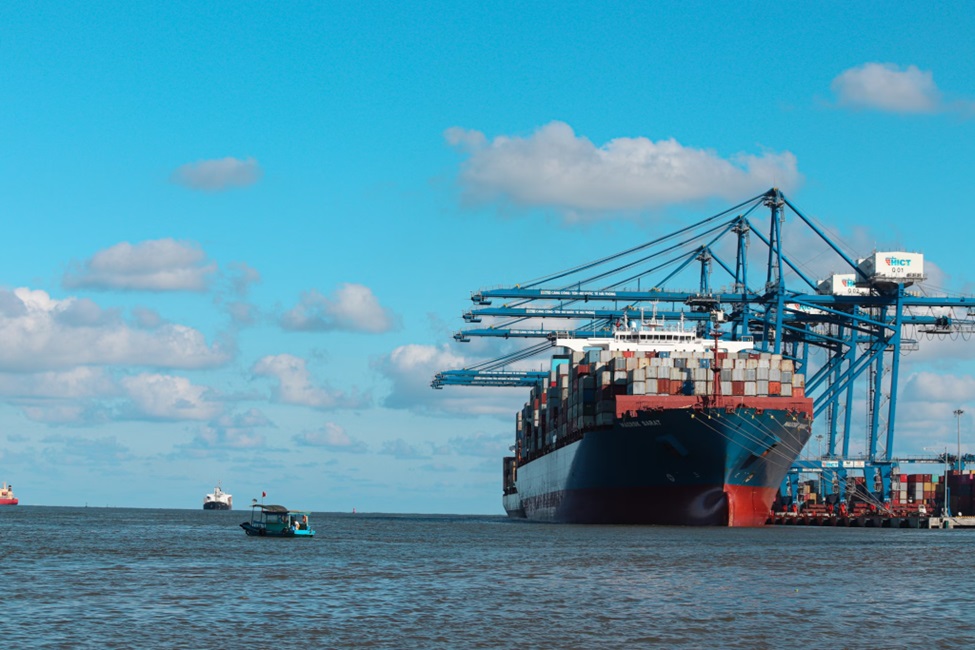
Transportation of goods from one point to another cannot be said to be easy at all. Whenever you are shipping raw material, or the finished product, it has to be done correctly. If you are not careful then the project may end up being delayed, damaged or even be a major logistical nightmare.
This is why the decision of the correct type of transport is crucial. Let’s be realistic, logistics is more than just the price. This is because there are so many things that you have to do right to ensure that a shipment gets to its intended destination in one piece and on time. So here are the facts that you should bear in mind.
Type of Goods
Before that, you need to consider what you actually intend to transport. Are we talking about delicate items which require careful handling or not? Foods that need refrigerated trucking for transporting? Or bulky, oversized cargo? This is important because you will need to choose the right transport method depending on the nature of your products.
Distance and Destination
Of course, if you are only shifting items from one house to another in the same neighborhood, a regular vehicle will be sufficient. However, if your shipping is going to be from one country to another or if the distance is particularly long, it will be necessary to consider air, sea, or rail freight.
But what about peculiar cases such as remote or challenging navigation, that might require something more unique.
Time Sensitivity
Some shipments are more time-sensitive than others. If you’re dealing with a tight deadline or your goods are prone to spoiling, speed will be of the essence. In those cases, air freight or expedited trucking services might be worth the extra cost.
But if you’ve got some room, slower and cheaper methods like ocean or rail could be the way to go.
Cost Considerations
Speaking of cost, it’s a big factor. Different transport modes come with different price tags, and you’ll need to weigh that against your budget and profit margins. Generally, air freight is the priciest option, followed by trucking, then rail, and finally ocean shipping.
But don’t just look at the sticker price – factor in things like fuel surcharges, handling fees, and any potential delays or damages that could be your bottom line.
Reliability and Security
When you’re entrusting your valuable cargo to a carrier, you want to know it’s in good hands. Do your research on different providers’ reputation for on-time delivery, careful handling, and secure transport.
The last thing you want is for your shipment to get lost, damaged, or stolen along the way.
Special Requirements
Lastly, don’t forget to account for any unique needs or challenges your particular shipment might have. For instance, if you’re moving hazardous materials, live animals, or highly valuable goods, you’ll likely need to engage specialized services with the proper equipment, training like flight training for air cargo, and safety protocols.
The Bottom Line
At the end of the day, there’s no one-size-fits-all solution when it comes to transport modes. It’s all about weighing the various factors we’ve discussed and finding the option that best meets your specific needs and priorities.
Sure, it takes a little extra effort upfront, but get it right and you’ll save yourself a whole lot of headaches down the road.



